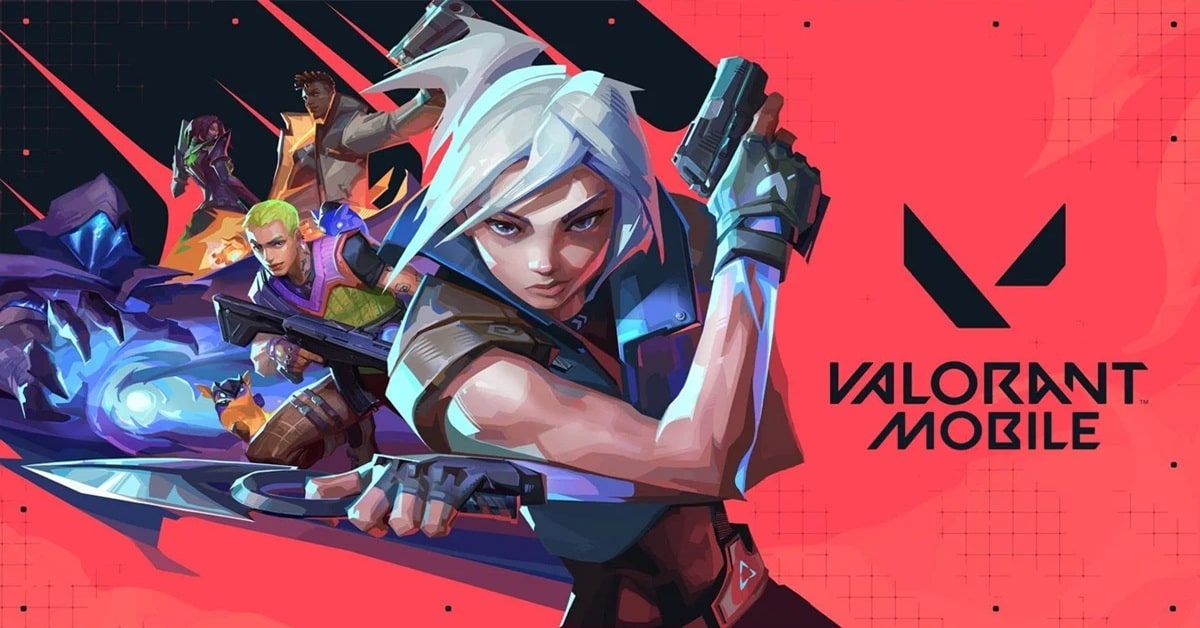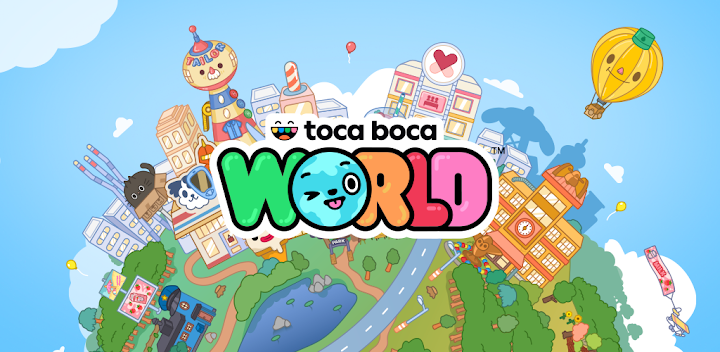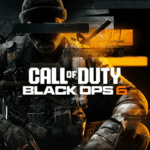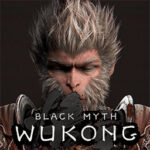Popular Now
Introduction
The Legend of Zelda franchise, a pillar of Nintendo’s game development legacy, has undergone significant transformations over the decades. From its linear 2D roots to the vast open-world format of Breath of the Wild and Tears of the Kingdom, the series has maintained critical acclaim while attracting new generations of players. Yet, with these innovations come new challenges. One of the most pressing issues facing The Legend of Zelda today is how to preserve the narrative and dungeon-based identity that defined earlier titles within the sprawling, player-driven world of its modern iterations. This article examines the growing tension between open-world freedom and structured storytelling across the series.
-
Origins of Structure: Narrative and Dungeon Legacy
The earliest Zelda games, such as the original The Legend of Zelda (1986) and A Link to the Past (1991), were structured experiences centered around collecting key items, solving puzzles, and defeating bosses in a linear sequence of dungeons. Each area had a defined theme and gameplay loop, reinforcing progression and rewarding exploration within boundaries.
The identity of the franchise was built on this balance—rich world-building supported by iconic music, characters, and lore. The dungeons weren't just gameplay devices; they were story vessels, revealing key events about Hyrule, its history, and its conflicts. This tight integration made the narrative compelling without overwhelming players.
-
Ocarina of Time and the Golden Era of Storytelling
1998’s Ocarina of Time remains one of the most beloved entries in gaming history. It introduced cinematic storytelling to Zelda with the use of 3D visuals and dramatic set-pieces. Although the game retained dungeon order and progression, it began experimenting with open design through Hyrule Field and time-travel elements.
The game's success showed that players appreciated a deeper narrative when supported by clear gameplay structure. It balanced freedom with guidance—players could roam and explore, but they were never far from the next main objective. Dungeons acted as both milestones and narrative devices.
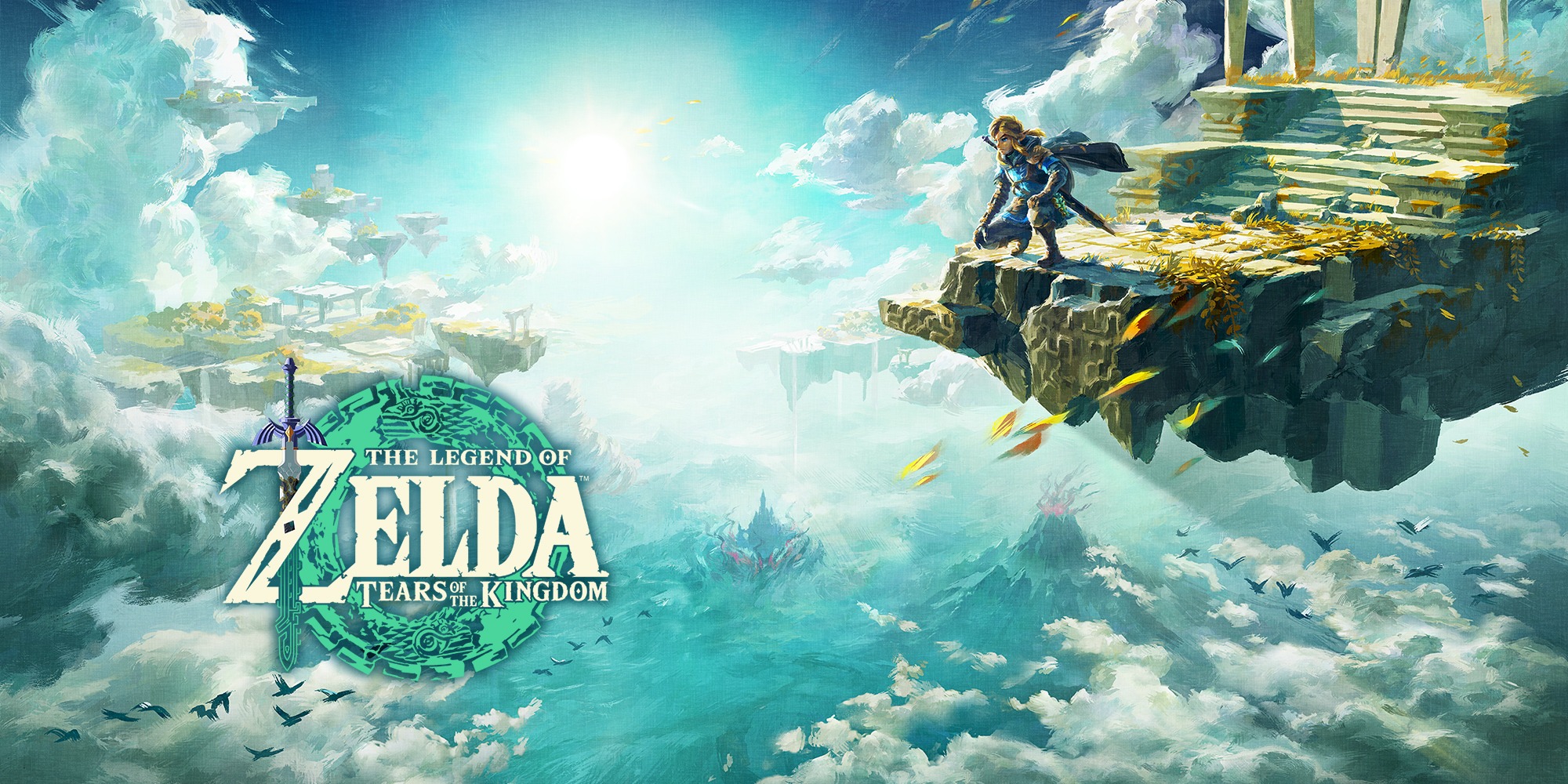
-
Gradual Expansion of Player Freedom
Games like Wind Waker and Twilight Princess continued this evolution by giving players larger worlds to explore. However, these titles still respected the formula of guiding players through story arcs with well-designed dungeons. The central plot, often involving Ganon, the Master Sword, and Zelda herself, remained crucial to the player’s journey.
Yet, the growing size of these games began to highlight a design tension: the larger the world became, the harder it was to maintain tight story pacing. Exploration sometimes diluted narrative impact, and optional content began to overshadow main quests in significance.
-
Breath of the Wild: A New Era Begins
In 2017, Breath of the Wild shattered the mold. For the first time, Zelda became a true open-world game, allowing players to approach objectives in any order or skip many entirely. The freedom was revolutionary and widely celebrated, redefining what an open-world experience could be.
However, this freedom came at a cost. Traditional dungeons were replaced by Shrines and Divine Beasts—short, often thematically disconnected puzzles that lacked the narrative and aesthetic weight of their predecessors. The overarching story was fragmented and mostly optional, with key memories scattered across the map, leaving many players disconnected from the emotional core of Link’s journey.
-
Loss of Narrative Density
The minimalism of Breath of the Wild’s story became a major point of contention. While its environmental storytelling was subtle and evocative, many long-time fans missed the deep character interactions, memorable cutscenes, and impactful dungeon experiences of earlier entries.
Characters like Zelda, Impa, and the Champions had rich backstories, but these were largely told through flashbacks rather than active gameplay. This distanced the player from the unfolding drama and limited emotional investment. The story’s climax, while visually striking, felt underwhelming to those expecting a traditional Zelda payoff.
-
Tears of the Kingdom: Expansion Without Direction
Tears of the Kingdom built upon the systems of its predecessor, offering even greater verticality, deeper crafting mechanics, and an expanded Hyrule. While it introduced more substantial plotlines and thematic tension, it still relied heavily on optional storytelling and disjointed delivery.
The game again prioritized freedom over narrative. Players could bypass major plot moments and reach the end with minimal context. While some appreciated this non-linear approach, others found it diluted the epic scope that Zelda stories once promised. Dungeons returned in a limited form but still lacked the intricate design of earlier titles.
-
Balancing Freedom and Story: A Design Dilemma
The core issue Nintendo faces is balancing two seemingly opposed design goals:
-
Freedom of exploration and experimentation, which empowers player agency
-
Cohesive storytelling with impactful narrative beats, which requires structure
Few games successfully blend both. Titles like The Witcher 3 and Red Dead Redemption 2 manage to do so with massive development resources and strong writing teams. For Zelda, which traditionally avoids dense dialogue and cutscenes, the challenge is even greater.

-
The Role of Dungeons in World Identity
Dungeons once served as both narrative and mechanical anchors. They gave meaning to locations, guided pacing, and provided escalating challenges. In the new open-world format, Shrines—though numerous—are often short, formulaic, and disconnected from the game’s cultural and mythological underpinnings.
A return to more complex, story-driven dungeons could help Zelda reclaim its identity. These dungeons need not compromise freedom; rather, they can be organically integrated into the world, with lore and character motivations tied to their discovery and completion.
-
Player Expectations and Series Legacy
New players introduced through Breath of the Wild may not crave traditional structure. They expect sandbox mechanics, emergent gameplay, and exploration-driven progression. On the other hand, long-time fans often seek the nostalgia of structured storytelling, themed dungeons, and the iconic Zelda formula.
Nintendo must navigate these diverging expectations carefully. Innovation has kept the franchise relevant, but straying too far from its roots risks alienating its most passionate audience. Future entries may need to offer dual paths—one for explorers and one for story-seekers.
-
Looking to the Future: Hybrid Design Possibilities
The solution may lie in a hybrid design. A future Zelda title could feature a vast open world with multiple story hubs, each containing a traditional dungeon and narrative arc. Players could choose the order in which they tackle these arcs, maintaining freedom while preserving story impact.
Features to consider:
-
Storylines that evolve with player decisions and sequence of completion
-
Dungeons that influence the world dynamically (e.g., changing regions or unlocking new paths)
-
Companion characters or side quests that develop through interactions, not just cutscenes
Nintendo has the creative capacity to evolve Zelda once again, but it must reconcile the needs of both its modern and legacy players. This means returning to what made the series legendary: the emotional pull of its storytelling, the thrill of its dungeons, and the magic of a journey that feels meaningful from start to finish.
Conclusion
The Legend of Zelda has always been a franchise of innovation, evolving to reflect the times while retaining its soul. With the leap into open-world design, it gained new audiences and expanded what players thought possible in an adventure game. Yet, in the process, it lost some of the narrative cohesion and structured design that once defined its greatness. The challenge moving forward is not to return to the past, but to reimagine it within the context of a new design philosophy—one that honors both freedom and story, both sandbox and soul.










